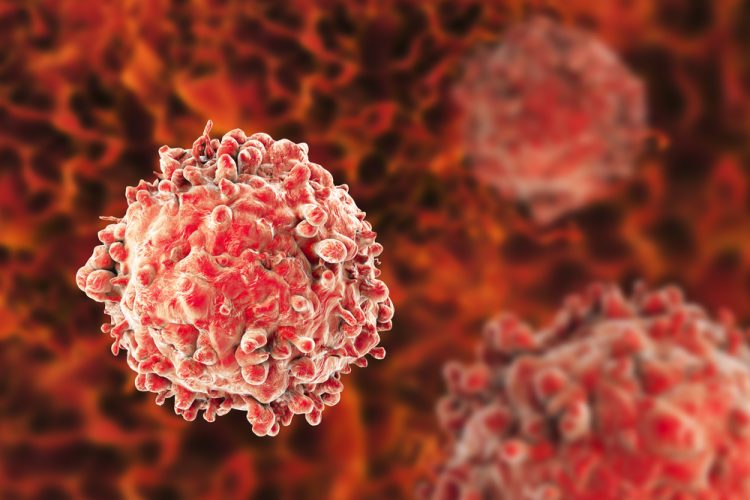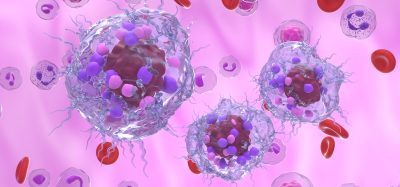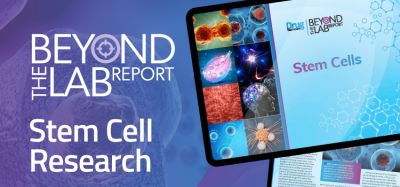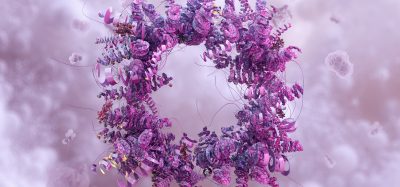New molecule disrupts pathways that promote cancer growth
Posted: 26 October 2023 | Drug Target Review | No comments yet
Researchers have discovered a molecule that binds to a cancer cell protein, stopping growth of breast and ovarian tumours.


Scientists at Baylor College of Medicine have found a small molecule called 5D4 that suppresses the growth of breast and ovarian cancers in animal models. 5D4 binds to the TopBP1 protein in cancer cells, disrupting its interactions with multiple pathways that promote cancer growth. When 5D4 is combined with talazoparib, another cancer inhibitor, it enhances the effectiveness of the anti-cancer activity.
Corresponding author Dr Weei-Chin Lin, Professor of Medicine-Haematology and Oncology and of Molecular and Cellular Biology at Baylor, and member of Baylor’s Dan L Duncan Comprehensive Cancer Center, said: “Cancer development involves many steps of genetic alterations and signalling pathway deregulation. About 10 years ago, our team discovered that protein TopBP1 is at a convergent point of multiple cellular pathways involved in cancer growth and progression, making it a potential candidate for targeted cancer therapy.” He explained: “Our idea was to identify molecules that would bind to TopBP1 and interfere with its interactions with molecular pathways that promote cancer growth.”
In the current study, Weei-Chin Lin and his colleagues report that years of work screening over 200,000 compounds, followed by multiple rounds of structure-based compound optimisation, have been successful. They discovered that 5D4 binds to and effectively inhibits TopBP1 from stimulating several cancer-promoting molecular pathways. Notably, 5D4 can inhibit MYC activity in cancer. MYC is known to be very difficult to target, so the team’s finding could create a possibility to target MYC indirectly with TopBP1 inhibitors.
Dr Weei-Chin Lin said: “The TopBP1 protein has multiple parts or domains that serve diverse functions within cells. 5D4 inhibits specific domains within TopBP1 that are involved in cancer progression without interfering with the protein’s normal function in cell replication. The domains that 5D4 targets are responsible for regulating E2F1, mutant p53, MYC and a process called homologous recombination. Thus, 5D4 shows anti-cancer activity without toxicity to normal tissues.” He continued: “We also found that combining 5D4 with other compounds such as PARP inhibitors, highly enhances the anti-cancer effect. Taken together, our findings strongly support the potential use of TopBP1inhibitors as a targeted cancer therapy.”
First and co-corresponding author, Associate Professor of Medicine-Haematology and Oncology at Baylor, and member of Baylor’s Dan L Duncan Comprehensive Cancer Center Dr Fang-Tsyr Lin said: “It’s very exciting to have found a TopBP1 inhibitor that really stops cancer growth in cells and in animal models in the lab.” She continued: “Our next step is to continue developing this compound for human testing, to optimise its anti-cancer effect in combination with other inhibitors and to minimise potential toxicities.”
The study was published in the Proceedings of the National Academy of Sciences and suggests that this strategy could be developed for clinical use.
Related topics
Cancer research, Drug Targets
Related conditions
Breast cancer, Ovarian cancer








